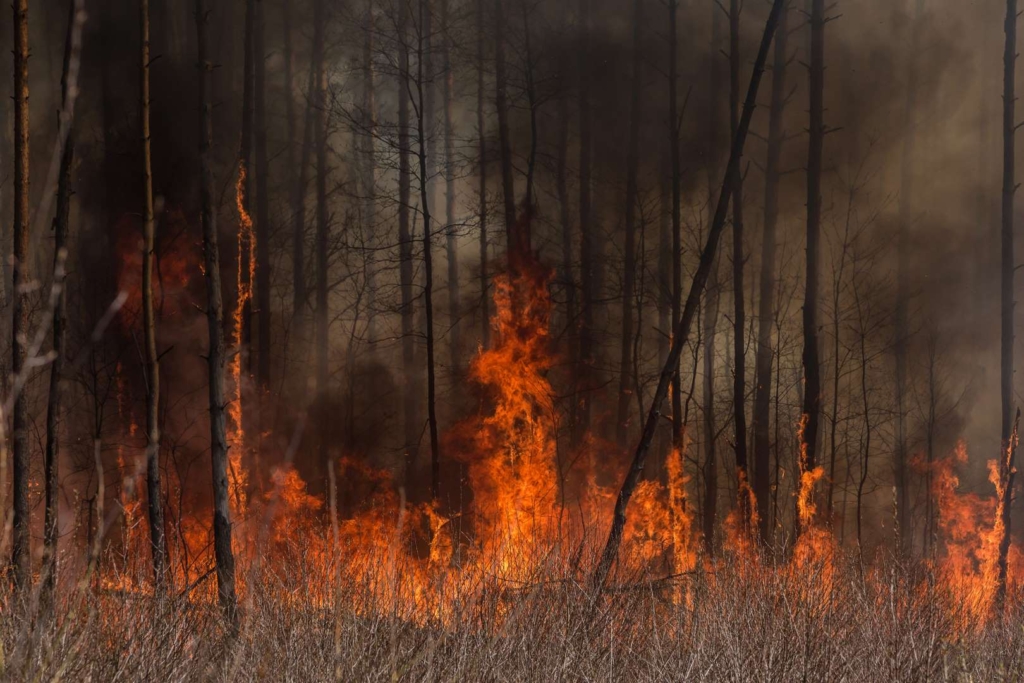Ukraine in flames: Chernobyl wildfire highlights a dangerous tradition – “We can’t afford to preserve such extreme traditions anymore”
By Veronika Melkozerova
18 April 2020

KYIV, Ukraine (NBC News) – Wind-whipped wildfires have in recent days raged perilously close to the exclusion zone at Chernobyl, the site of what is considered to have been the world’s worst nuclear disaster.
But these fires were no accident — they were set by villagers who were clearing their land for planting, burning the grass away just as their forefathers had done.
They illustrate the tension that can exist between age-old traditions and modern imperatives. The question for authorities is this: how to reconcile the wish of farmers and others to continue a practice that may have been going on for generations with the need to contain radioactive waste for years to come?
The Chernobyl nuclear accident took place April 26, 1986, near Pripyat, in the north of the country, which was then part of the Soviet Union. A reactor core fire, sparked by an uncontrolled reaction during a routine test, released radioactive contamination into the air for 10 days. And that contamination rained down on parts of the Soviet Union and Western Europe.

Structures now contain the radioactivity. But damage to those structures could again release contamination, environmentalists warn.
They say there is no place in the modern world for the burning of fields — especially near the site of the largest nuclear accident the world has known.
“Our society is on the verge of development when we can’t afford to preserve such extreme traditions anymore,” Sergiy Zibtsev, head of the Regional Eastern Europe Fire Monitoring Center, told NBC News.
For the moment, though, it is not nuclear contamination that is bothering the residents of Kyiv, 80 miles to the south. It is the smoke from the dozens of fires, some of which had spread by April 3 to the containment zone.
The only way people under coronavirus lockdown in Kyiv have been able to breathe fresh air has been to open the windows. But over the last 11 days, the air has tasted bitter and dried the nostrils. And in the distance, residents can see the smoke rising into the sky. [more]
Ukraine in flames: Chernobyl wildfire highlights a dangerous tradition